COASTAL SANITATION
Ensuring sanitation for all by limiting the discharge of wastewaterThe United Nations’ development agenda lays out as one of its goals to “ensure access to water and sanitation for all”.
The design criteria of urban sanitation systems have undergone an important change due to society’s growing concern with protecting the environment.
This concept has been gradually modified to the point that now, sanitation activities must be framed as part of a larger system, that of the water cycle, in which aspects such as the hydraulic operation of sewers, or ensuring that the environment into which the effluent of the system is discharged is not polluted, are of greater importance.
IHCantabria has developed a design methodology for sanitation that relies on the use of mathematical models to analyze how sewage and storm drain systems evolve over time in both drainage systems and environmental media. This method is also based on the development of quality criteria to assess the impact of discharges on the environment. This methodology was first applied in Spain where, in keeping with European Community environmental requirements, a number of sanitation and discharge systems were designed (Gijón, Avilés, San Sebastián, Santander, Bilbao, A Coruña, Vigo, etc.), some of which have been in operation for more than 20 years, meeting the environmental protection goals for which they were conceived.
This experience was subsequently exported to other areas of the world, such as Costa Rica, Azerbaijan, Croatia and Uruguay.
Currently, IHCantabria’s experience in this field is being applied to studies of natural risks and urban development, such as those financed by the Inter-American Development Bank (IDB) in cities like Tegucigalpa (Honduras) and Cumaná (Venezuela), where environmental and health problems associated with a lack of sanitation limit the cities’ development potential.
This concept has been gradually modified to the point that now, sanitation activities must be framed as part of a larger system, that of the water cycle, in which aspects such as the hydraulic operation of sewers, or ensuring that the environment into which the effluent of the system is discharged is not polluted, are of greater importance.
IHCantabria has developed a design methodology for sanitation that relies on the use of mathematical models to analyze how sewage and storm drain systems evolve over time in both drainage systems and environmental media. This method is also based on the development of quality criteria to assess the impact of discharges on the environment. This methodology was first applied in Spain where, in keeping with European Community environmental requirements, a number of sanitation and discharge systems were designed (Gijón, Avilés, San Sebastián, Santander, Bilbao, A Coruña, Vigo, etc.), some of which have been in operation for more than 20 years, meeting the environmental protection goals for which they were conceived.
This experience was subsequently exported to other areas of the world, such as Costa Rica, Azerbaijan, Croatia and Uruguay.
Currently, IHCantabria’s experience in this field is being applied to studies of natural risks and urban development, such as those financed by the Inter-American Development Bank (IDB) in cities like Tegucigalpa (Honduras) and Cumaná (Venezuela), where environmental and health problems associated with a lack of sanitation limit the cities’ development potential.
PARTICIPATING
ENTITIES






